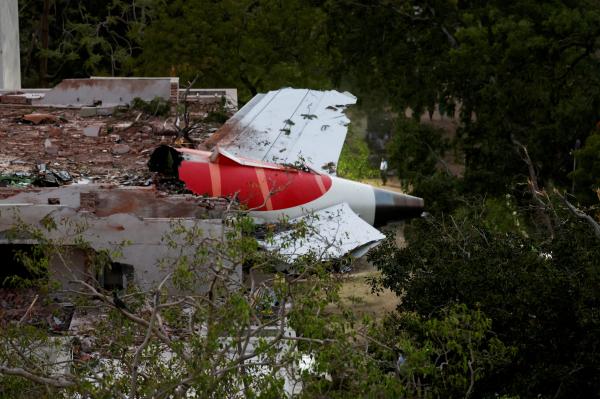NEW DELHI, July 18 — A cockpit recording of dialogue between the two pilots of the Air India flight that crashed last month supports the view that the captain cut the flow of fuel to the plane's engines, said a source briefed on United States (US) officials' early assessment of evidence.
Below are a few facts about engine fuel switches, their functions in the aircraft and their movements on the Air India flight.
What are fuel switches?
They are switches that regulate fuel flow into a plane's engines. Pilots use them to start or shut down engines on the ground, as well as to manually shut down or restart engines in the event of an engine failure during a flight.
Aviation experts say a pilot would not be able to move the fuel switches that feed the engines accidentally. But if moved, the effect would be immediate, cutting off engine power.
There are independent power systems and wiring for the fuel cutoff switches and the fuel valves controlled by those switches, according to US aviation safety expert John Cox.
Where are the fuel switches located?
The two fuel control switches on a Boeing 787, in Air India's case, equipped with two GE engines, are located below the thrust levers.
The switches are spring-loaded to remain in position. To change one from run to cutoff, a pilot has to first pull the switch up and then move it from run to cutoff or vice versa.
There are two modes: 'CUTOFF' and 'RUN'.
[caption id="attachment_407858" align="aligncenter" width="1235"] Wreckage of the Air India Boeing 787-8 Dreamliner plane sits on the open ground, outside Sardar Vallabhbhai Patel International Airport, where it took off and crashed nearby shortly afterwards, in Ahmedabad, India on July 12, 2025. — Picture by REUTERS[/caption]
Wreckage of the Air India Boeing 787-8 Dreamliner plane sits on the open ground, outside Sardar Vallabhbhai Patel International Airport, where it took off and crashed nearby shortly afterwards, in Ahmedabad, India on July 12, 2025. — Picture by REUTERS[/caption]
What happened on the fatal Air India flight?
According to the flight recorder, a few seconds after takeoff, switches for both engines transitioned to 'CUTOFF' from 'RUN' one after another with a time gap of one second. As a result, the engines began to lose power.
One pilot was heard on the cockpit voice recorder asking the other why he cut off the fuel.
"The other pilot responded that he did not do so," the report said. It did not identify which remarks were made by the flight's captain and which by the first officer.
The first officer was at the controls of the 787 and asked the captain why he had moved the fuel switches into a position that starved the engines of fuel, requesting that he restore the fuel flow, the source briefed on US officials' early assessment told Reuters.
Both switches were flipped back to 'RUN', according to the preliminary report, and were found in the 'RUN' position at the crash site.
When fuel control switches are moved from 'CUTOFF' to 'RUN' while the aircraft is in flight, each engine's control system automatically manages a relight and thrust recovery sequence of ignition and fuel introduction.
"No sane pilot would ever turn those switches off in flight, especially as the plane is just starting to climb," said US aviation safety expert John Nance.
— Reuters
[caption id="attachment_404118" align="aligncenter" width="1169"] A fire official stands next to the crashed Air India Boeing 787-8 Dreamliner aircraft, in Ahmedabad, India, on June 13, 2025. — Picture by REUTERS[/caption]
A fire official stands next to the crashed Air India Boeing 787-8 Dreamliner aircraft, in Ahmedabad, India, on June 13, 2025. — Picture by REUTERS[/caption]




